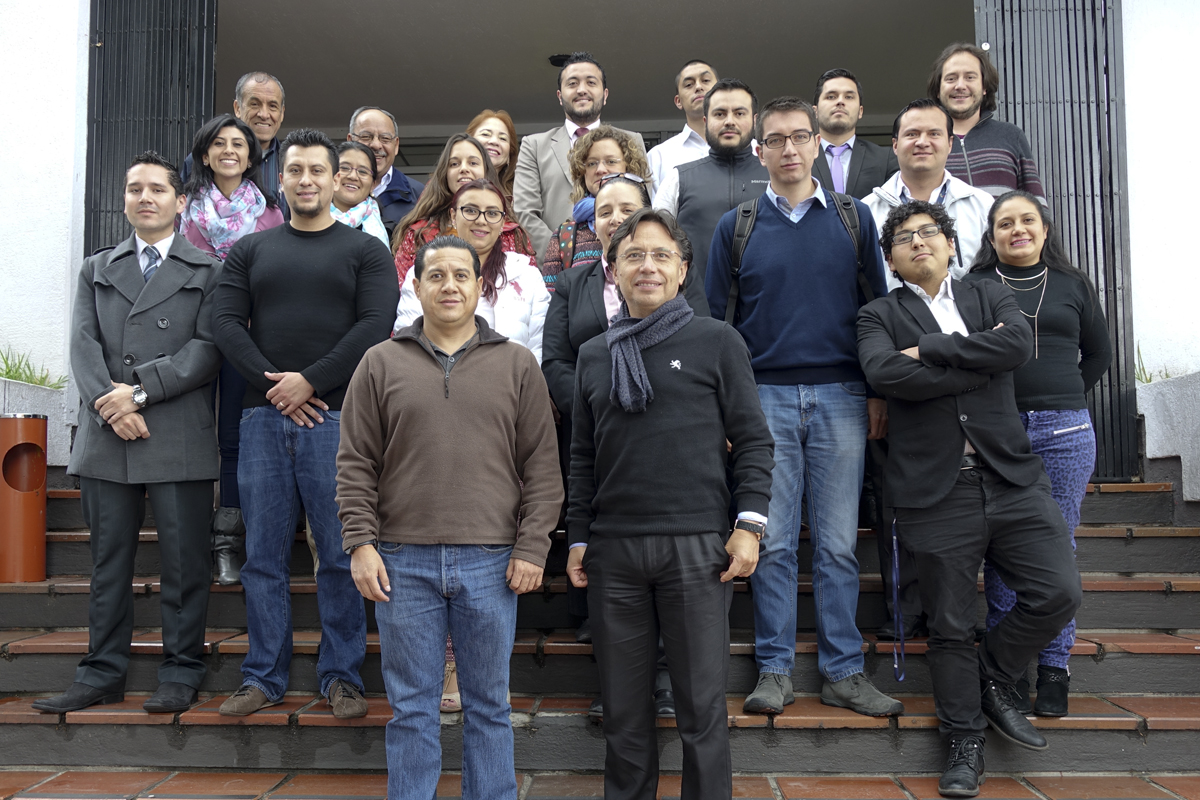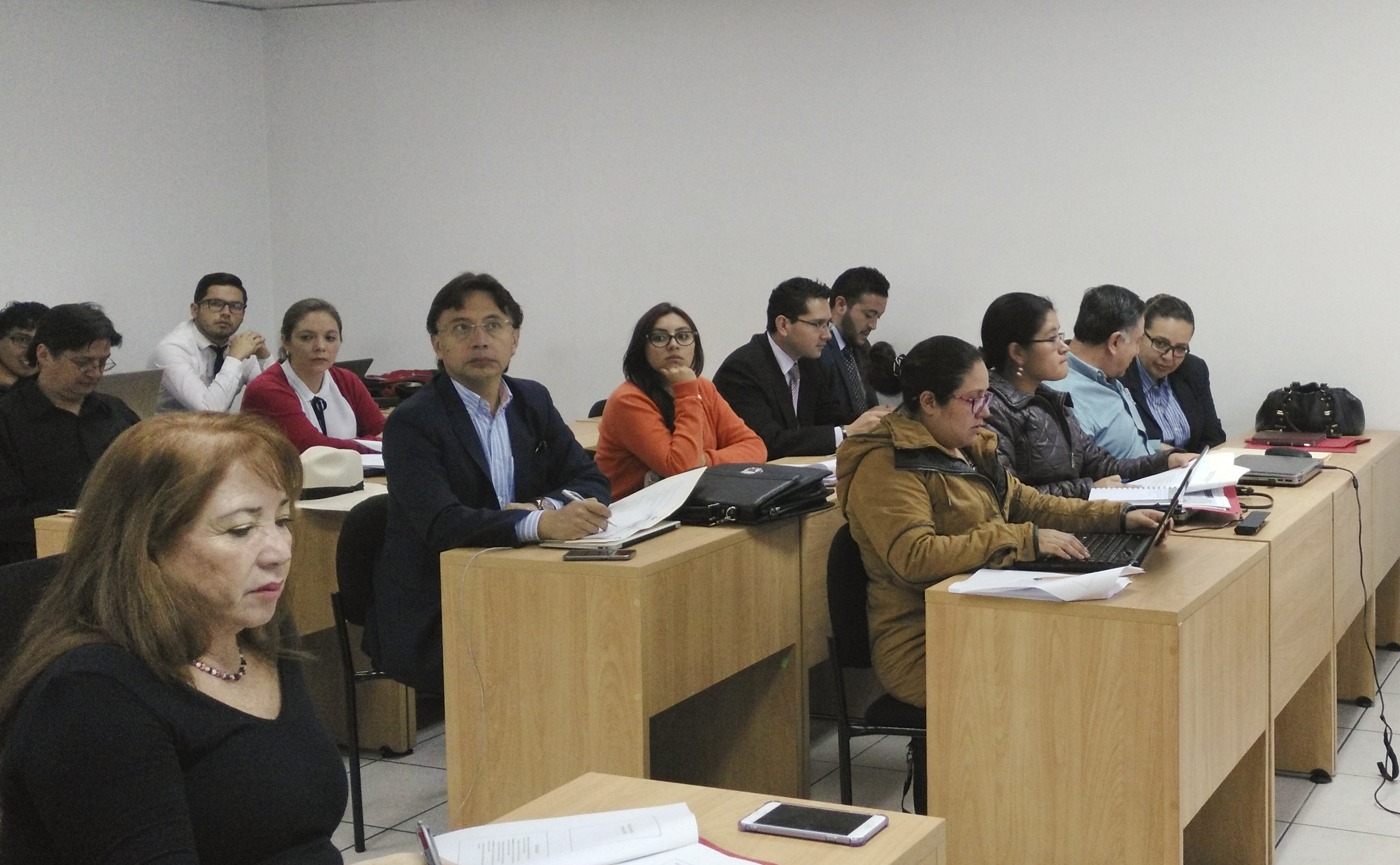News
Government officials and researchers in Ecuador gather for ECUAMOD training
How does raising income tax affect government revenue? What are the costs and benefits of implementing a state pension?
Tax and benefit microsimulation is a useful technique for determining how policy changes affect the distribution of income and government expenditure. It has been widely used in rich countries and UNU-WIDER has played a key role in bringing microsimulation models to key countries in the developing world, with the primary aim of building capacity for evidence-based policy-making in these contexts.

Most recently, 24 government officials and researchers – including representatives from the Central Bank and the Ministries of Economic Policy and Finance – gathered in Quito for the ECUAMOD training course. The training, held in partnership with the Instituto de Altos Estudios Nacionales (IAEN), aimed to introduce the microsimulation model created specifically for the country to key stakeholders, as part of the SOUTHMOD project.
Participants saw the training in positive terms, bringing attention to areas in which the model could further incorporate local practices. In this sense, the training course not only helped build participants’ competencies in using the tool but also facilitated discussion between end users and organizers with implications for potential improvements. The training was preceded by meetings with selected government institutions to give an overview of the model, which worked to generate interest in what ECUAMOD can offer.
Why do microsimulation modelling?
Understanding the impacts of policy allows decision makers to make informed decisions. Data, know-how, and capacity-building are vital to this process.

Through the SOUTHMOD project, UNU-WIDER has actively worked in collaboration with many developing countries around the world to build tax and benefit microsimulation models. This type of modelling is a widely used technique by researchers and policy makers working on tax and benefit provision to provide evidence of the possible impacts of policy changes.
By making use of the microsimulation models — which are based on the successful EUROMOD project targeted to European countries — users can compare what policy, in concrete terms, using different scenarios imply for poverty, inequality, and government revenues.
 Join the network
Join the network